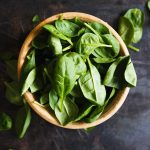
Eating a healthful diet is easier when nutritious foods are more accessible. But it’s not enough to simply buy better choices. To make a habit of choosing healthy over less-healthy options, you want to make them as easy to eat, as visually appealing, and as everyday as the packaged treats that tempt you. That’s as important for kids as it is for adults. Convenience foods got their name because they’re ready to grab and go. To make healthy diet foods more convenient, put them front and center on your counter and at eye level in the fridge, not hidden on a shelf or buried in a dark corner of a cabinet. Make healthy foods more attractive — the same way that your grocer makes beautiful displays to entice you to buy. Create a visually appealing fruit bowl or raw veggie platter for easy munching. Making healthy food the norm at your house also can involve steps like getting in the habit of serving a vegetable at every meal, and cutting up fruit chunks for breakfast the night before. This will help make grabbing a handful of cherries, rather than a handful of chips, second nature to you and everyone in your family. Additional small yet important changes all around the kitchen will support this new approach. Arrange the freezer so you see frozen peas and… read on >











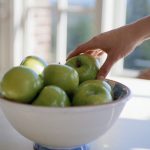

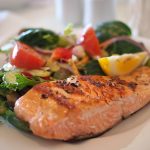

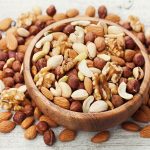
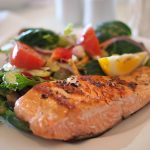












-300x200.jpg)




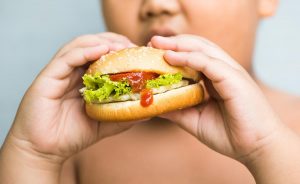


-300x169.jpg)
